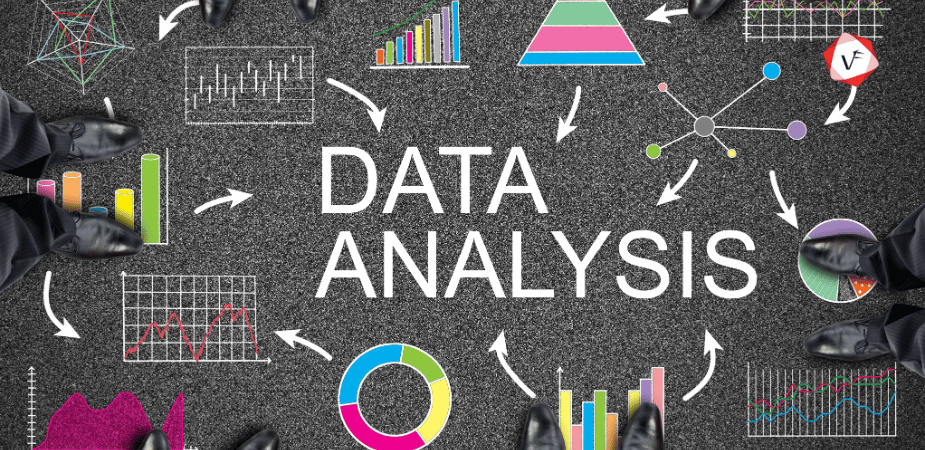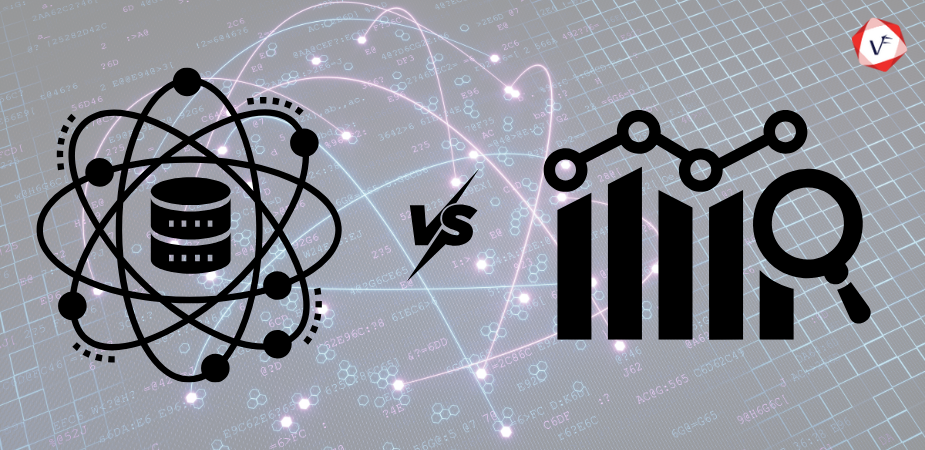Data analysis is the backbone of informed decision-making in the contemporary business landscape. As businesses strive to optimize performance and enhance future activities, understanding the nuances of various types of data analysis becomes imperative. In this article, we will explore four fundamental types of data analysis: Descriptive Analysis, Diagnostic Analysis, Predictive Analysis, and Prescriptive Analysis. Each type builds upon the other, offering increasing levels of insight and value.
Types of Data Analysis
Let’s look at the intricacies of each type, understanding their applications and significance in today’s data-driven world.
-
Descriptive Analysis
At the core of data insight lies Descriptive Analysis, the simplest and most common form of data utilization in business today. This type of analysis answers the fundamental question, “What happened?” by summarizing past data, often through the use of dashboards. Key Performance Indicators (KPIs) play a crucial role in descriptive analysis, allowing businesses to track their performance based on chosen benchmarks. Monthly revenue reports, KPI dashboards, and sales leads overviews are common applications of descriptive analysis in business operations.
-
Diagnostic Analysis
Moving beyond the surface, Diagnostic Analysis aims to answer the question, “Why did it happen?” This type of analysis takes insights from descriptive analytics and delves deeper into identifying the causes of outcomes. Diagnostic analysis establishes connections between data points, unveiling patterns of behavior. Creating detailed information is a critical aspect of this analysis, allowing organizations to have data at their disposal when new problems arise. Business applications include a freight company investigating slow shipments in a specific region or a SaaS company determining which marketing activities contributed to increased trials.
-
Predictive Analysis
Predictive Analysis takes data analysis to the next level by attempting to answer the question, “What is likely to happen?” This type of analytics utilizes historical data to make predictions about future outcomes. While descriptive and diagnostic analyses are common practices, predictive analysis relies on statistical modeling, demanding additional technology and manpower for accurate forecasting. Despite its potential, some organizations face challenges in implementing predictive analysis due to resource constraints or a lack of readiness to invest in analysis teams. Business applications range from risk assessment and sales forecasting to using customer segmentation for lead conversion.
-
Prescriptive Analysis
The pinnacle of data analysis is Prescriptive Analysis, where insights from all previous analyses converge to determine the course of action in current problems or decisions. Utilizing cutting-edge technology and data practices, prescriptive analysis is a significant organizational commitment. Companies must be ready to invest substantial effort and resources to reap the benefits. Artificial Intelligence (AI) is a prime example of prescriptive analytics, where systems continuously learn from vast amounts of data to make informed decisions, optimizing business processes without human intervention. Currently, major data-driven companies leverage prescriptive analytics to enhance decision-making, setting the stage for the broader adoption of such advanced analytics as technology continues to evolve.
Interconnected Nature of Data Analysis
As demonstrated, each type of data analysis is interconnected, forming a progression from descriptive to prescriptive. Descriptive analysis provides the foundation, diagnostic analysis establishes causation, predictive analysis anticipates future trends and prescriptive analysis guides decision-making based on insights from the entire analytical spectrum. The journey from descriptive to prescriptive analysis demands increasing technical proficiency but unlocks unparalleled insights for organizations.
Advanced Analytics and Emerging Trends in Data Analysis
As businesses strive for a competitive edge, advanced analytics is gaining prominence, extending beyond the traditional realms of data analysis. Incorporating techniques such as machine learning and artificial intelligence, advanced analytics goes beyond predicting outcomes; it focuses on understanding complex patterns and making data-driven recommendations. Keyword phrases like “machine learning in data analysis” and “artificial intelligence analytics” become pertinent in this context.
Machine learning algorithms, a subset of artificial intelligence, play a pivotal role in predictive analysis. These algorithms enable systems to learn from historical data, identifying patterns and trends that might not be apparent through traditional analytical methods. Companies leveraging machine learning algorithms can gain a significant advantage in areas such as personalized marketing, fraud detection, and process optimization.
Moreover, the advent of big data has transformed the landscape of data analysis. Organizations now have access to vast amounts of data from diverse sources, including social media, sensors, and customer interactions. This influx of data necessitates advanced tools and techniques for processing and analyzing information on a massive scale. The keyword phrase “big data analytics” becomes relevant in this context, reflecting the capability to handle and derive insights from massive datasets.
Real-time analytics is another emerging trend, enabling organizations to make informed decisions on the fly. In industries like finance and healthcare, where timely decisions are critical, real-time analytics provides a competitive advantage. Keyword phrases such as “real-time data analysis” and “instant analytics” signify this trend, emphasizing the importance of quick insights in today’s fast-paced business environment.
Ethical considerations in data analysis also come to the forefront as businesses gather and utilize increasing amounts of sensitive information. The responsible use of data, ensuring privacy and compliance with regulations, is crucial for maintaining trust with customers and stakeholders. Phrases like “ethical data analysis” and “data privacy in analytics” highlight the growing importance of ethical considerations in the field.
Additionally, data visualization plays a vital role in enhancing the accessibility of complex analytical insights. Interactive dashboards and visual representations of data facilitate easier understanding for stakeholders at various levels within an organization. Keyword phrases like “data visualization in analytics” underscore the significance of visually presenting insights for effective communication.
Final Thoughts
In the evolving landscape of data analysis, businesses must navigate through the diverse types to extract meaningful insights. Understanding the interconnected nature of descriptive, diagnostic, predictive, and prescriptive analysis is crucial for informed decision-making and long-term success. As technology continues to advance and professionals become more adept at handling data, more companies will likely venture into the realm of data-driven decision-making. In this data-centric era, Vofox’s data analytics services stand out as a reliable option for businesses seeking to harness the power of various data analysis techniques. With a commitment to providing cutting-edge solutions, we empower organizations to navigate the complexities of data and make strategic decisions that drive success. To learn more, reach out to us anytime.





